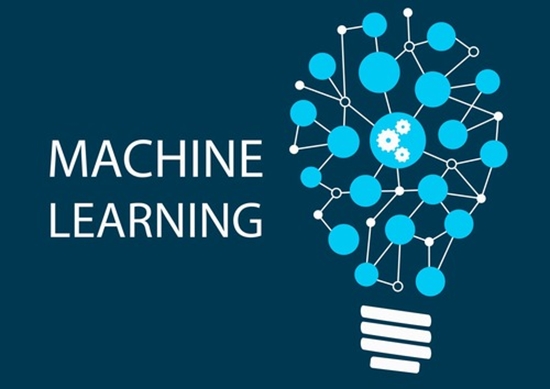Automated major depressive disorder diagnosis using a dual-input deep learning model and image generation from EEG signals

Major depressive disorder (MDD) is conventionally diagnosed through a questionnaire. Since approaches to diagnose MDD may lead to inaccurate diagnoses, many studies have presented electroencephalogram (EEG)-based machine learning techniques. The present paper introduces a deep learning approach based on image construction from EEGs. Two images are constructed from EEGs based on spectral and functional connectivity features. Afterward, the constructed images are applied to a two-stream convolutional neural network, and the outputs are concatenated. Finally, the concatenating result is applied to a sequential model of long–short-term memory, fully connected, and softmax layers to classify each sample into the MDD and healthy control (HC) classes. To validate the proposed approach, a public EEG dataset was used consisting of EEG data recorded from 34 MDD patients and 30 HC-matched participants. This framework obtained an AC of 98.03%, SE of 98.85%, SP of 97.19%, F1 of 98.07%, and FDR of 2.69% for the random splitting assessment method and achieved an average AC of 99.11%, SE of 98.97%, SP of 99.25%, F1 of 99.13%, and FDR of 0.71% using a 10-fold cross-validation process. Considering the accurate performance of the proposed method, it can be developed as a computer-aided diagnosis tool to diagnose MDD automatically.







ارسال نظر